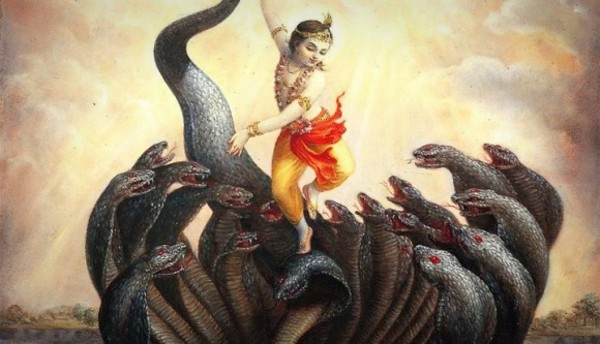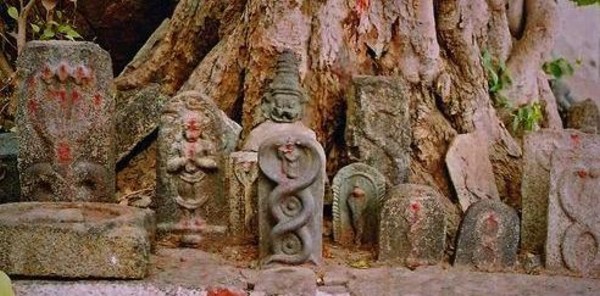“In my whole life, I have known no wise people (over a broad subject matter area) who didn’t read all the time—none, zero. You’d be amazed at how much Warren reads—at how much I read. My children laugh at me. They think I’m a book with a couple of legs sticking out.”
— Charlie Munger
 Charlie Munger is Warren Buffett’s partner and Vice-Chairman at Berkshire Hathaway, the investment conglomerate. In his capacity, Munger has been a behind-the-scenes co-thinker at Berkshire and has influenced many a decision made by Warren Buffett.
Charlie Munger is Warren Buffett’s partner and Vice-Chairman at Berkshire Hathaway, the investment conglomerate. In his capacity, Munger has been a behind-the-scenes co-thinker at Berkshire and has influenced many a decision made by Warren Buffett.
At the 2004 annual meeting of Berkshire Hathaway, Charlie Munger said,
“We read a lot. I don’t know anyone who’s wise who doesn’t read a lot. But that’s not enough: You have to have a temperament to grab ideas and do sensible things. Most people don’t grab the right ideas or don’t know what to do with them.”
— Charlie Munger
Munger was chair of Wesco Financial Corporation from 1984 through 2011. He is also the chair of the Daily Journal Corporation, based in Los Angeles, California, and a director of Costco Wholesale Corporation. Unlike Warren Buffett, Charlie Munger has claimed that he is a generalist for whom investment is only one of a broad range of interests that include architecture, philosophy, philanthropy, investing, yacht-design, etc.
Charlie Munger is a voracious reader and engages in books on history, science, biography and psychology. He once said, “In my whole life, I have known no wise people (over a broad subject matter area) who didn’t read all the time—none, zero. You’d be amazed at how much Warren reads—at how much I read. My children laugh at me. They think I’m a book with a couple of legs sticking out.”
At the 2014 annual meeting of The Daily Journal Company that Charlie Munger leds as Chairman, Charlie said,
“I’m very selective. I, sometimes, skim. I, sometimes, read one chapter and I sometimes read the damn thing twice. It’s been my experience in life [that] if you just keep thinking and reading, you don’t have to work.”
Charlie Munger’s Book Recommendations in Biography
.jpg) Titan: The Life of John D. Rockefeller, Sr. by Ron Chernow
Titan: The Life of John D. Rockefeller, Sr. by Ron Chernow- Martians of Science: Five Physicists Who Changed the Twentieth Century by Istvan Hargittai
- The Path to Power (The Years of Lyndon Johnson, Volume 1) by Robert A. Caro
- Andrew Carnegie by Joseph Frazier Wall
- Damn Right: Behind the Scenes with Berkshire Hathaway Billionaire Charlie Munger by Janet Lowe
- Benjamin Franklin by Carl Van Doren
- Einstein: His Life and Universe by Walter Isaacson
- Benjamin Franklin: An American Life by Walter Isaacson
Charlie Munger’s Book Recommendations in Biology
.jpg) The Selfish Gene by Richard Dawkins
The Selfish Gene by Richard Dawkins- Genome: The Autobiography of a Species in 23 Chapters by Matt Ridley
- A Matter of Degrees: What Temperature Reveals about the Past and Future of Our Species, Planet, and Universe by Gino Segre
- Ice Age: The Theory That Came In From The Cold! by John and Mary Gribbin
- The Third Chimpanzee: The Evolution and Future of the Human Animal by Jared Diamond
- The Language Instinct: How the Mind Creates Language by Steven Pinker
- Darwin’s Blind Spot: Evolution Beyond Natural Selection by Frank Ryan
- The Origin of Species by Charles Darwin
Charlie Munger’s Book Recommendations in Business & Investing
.jpg) Fiasco: The Inside Story of a Wall Street Trader by Frank Partnoy
Fiasco: The Inside Story of a Wall Street Trader by Frank Partnoy- Fortune’s Formula: The Untold Story of the Scientific Betting System That Beat the Casinos and Wall Street by William Poundstone
- The Wealth and Poverty of Nations: Why Some Are So Rich and Some So Poor by David S. Landes
- The Warren Buffett Portfolio: Mastering the Power of the Focus Investment Strategy by Robert G. Hagstrom
- Master of the Game: Steve Ross and the Creation of Time Warner by Connie Bruck
Charlie Munger’s Book Recommendations in Management & Leadership
.jpg) Poor Charlie’s Almanack The Wit and Wisdom of Charles T. Munger by Charles T. Munger
Poor Charlie’s Almanack The Wit and Wisdom of Charles T. Munger by Charles T. Munger- Getting It Done: How to Lead When You’re Not in Charge by Roger Fisher
- Models of My Life by Herbert A. Simon
- Only the Paranoid Survive: How to Exploit the Crisis Points That Challenge Every Company by Andrew S. Grove
- Seeking Wisdom: From Darwin to Munger by Peter Bevelin
- Les Schwab Pride in Performance: Keep It Going by Les Schwab
Charlie Munger’s Book Recommendations in Philosphy & Psychology
.jpg) Deep Simplicity: Bringing Order to Chaos and Complexity by John Gribbin
Deep Simplicity: Bringing Order to Chaos and Complexity by John Gribbin- Judgment in Managerial Decision Making by Max H. Bazerman
- Conspiracy of Fools: A True Story by Kurt Eichenwald
- Three Scientists and Their Gods: Looking for Meaning in an Age of Information by Robert Wright
- Yes!: 50 Scientifically Proven Ways to Be Persuasive by Robert B. Cialdini
- Influence: The Psychology of Persuasion by Robert B. Cialdini
- Man’s Search For Meaning by Viktor E. Frankl
Charlie Munger’s Book Recommendations in Sociology
.jpg) Living within Limits: Ecology, Economics, and Population Taboos by Garrett James Hardin
Living within Limits: Ecology, Economics, and Population Taboos by Garrett James Hardin- Guns, Germs, and Steel: The Fates of Human Societies by Jared Diamond
- The Blind Watchmaker: Why the Evidence of Evolution Reveals a Universe without Design by Richard Dawkins
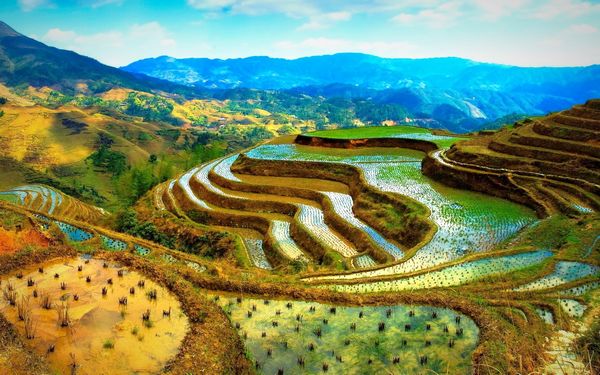
 Capital:
Capital:  A Shot of Culture:
A Shot of Culture:  Surf’s Up: If your beach bum-turn-surfer self is calling out to you, head to
Surf’s Up: If your beach bum-turn-surfer self is calling out to you, head to  A Whole New World: The
A Whole New World: The  Fall Off the Grid:
Fall Off the Grid:  An Active Getaway: Climb to the top of the overwhelming
An Active Getaway: Climb to the top of the overwhelming  Retail Therapy: Indulge yourself in
Retail Therapy: Indulge yourself in  Hop About: Head to the pristine islands off the coast at gorgeous
Hop About: Head to the pristine islands off the coast at gorgeous  Be Bucolic: Get a taste of the Filipino countryside and spend some time amid
Be Bucolic: Get a taste of the Filipino countryside and spend some time amid  Get High: You could be forgiven for thinking you are in Scotland when you visit
Get High: You could be forgiven for thinking you are in Scotland when you visit  Life’s a Feast: You will have a great time going on an eating binge in the Philippines, especially if you love meat. Pork, in particular, plays a big role in the cuisine here, and a
Life’s a Feast: You will have a great time going on an eating binge in the Philippines, especially if you love meat. Pork, in particular, plays a big role in the cuisine here, and a 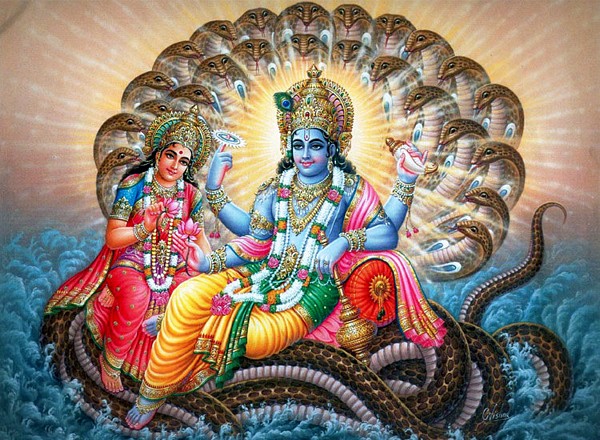
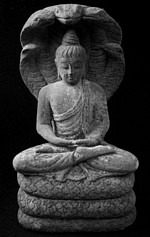 In the Hindu mythology, the nagas reside within the earth in an aquatic
In the Hindu mythology, the nagas reside within the earth in an aquatic 